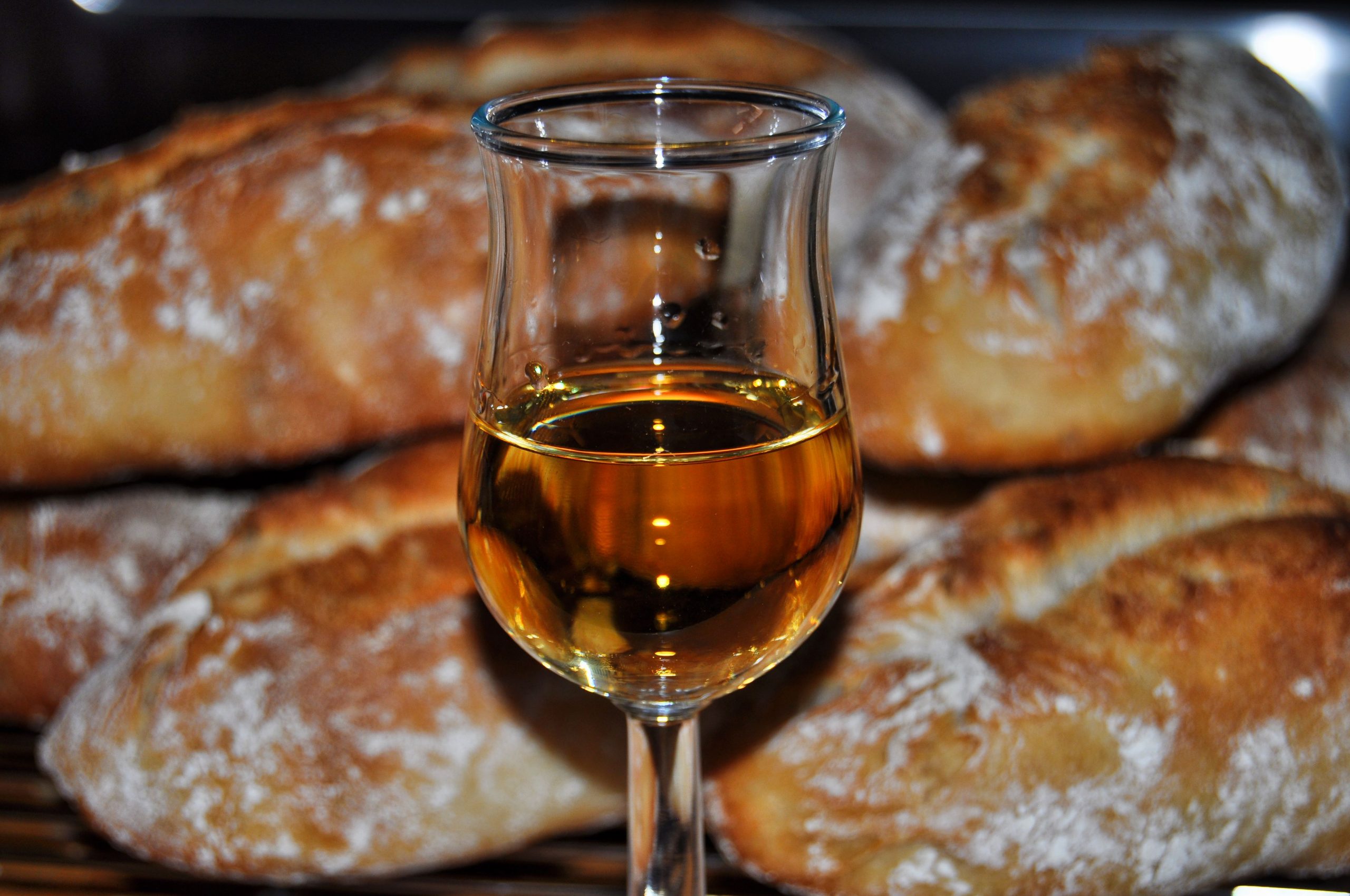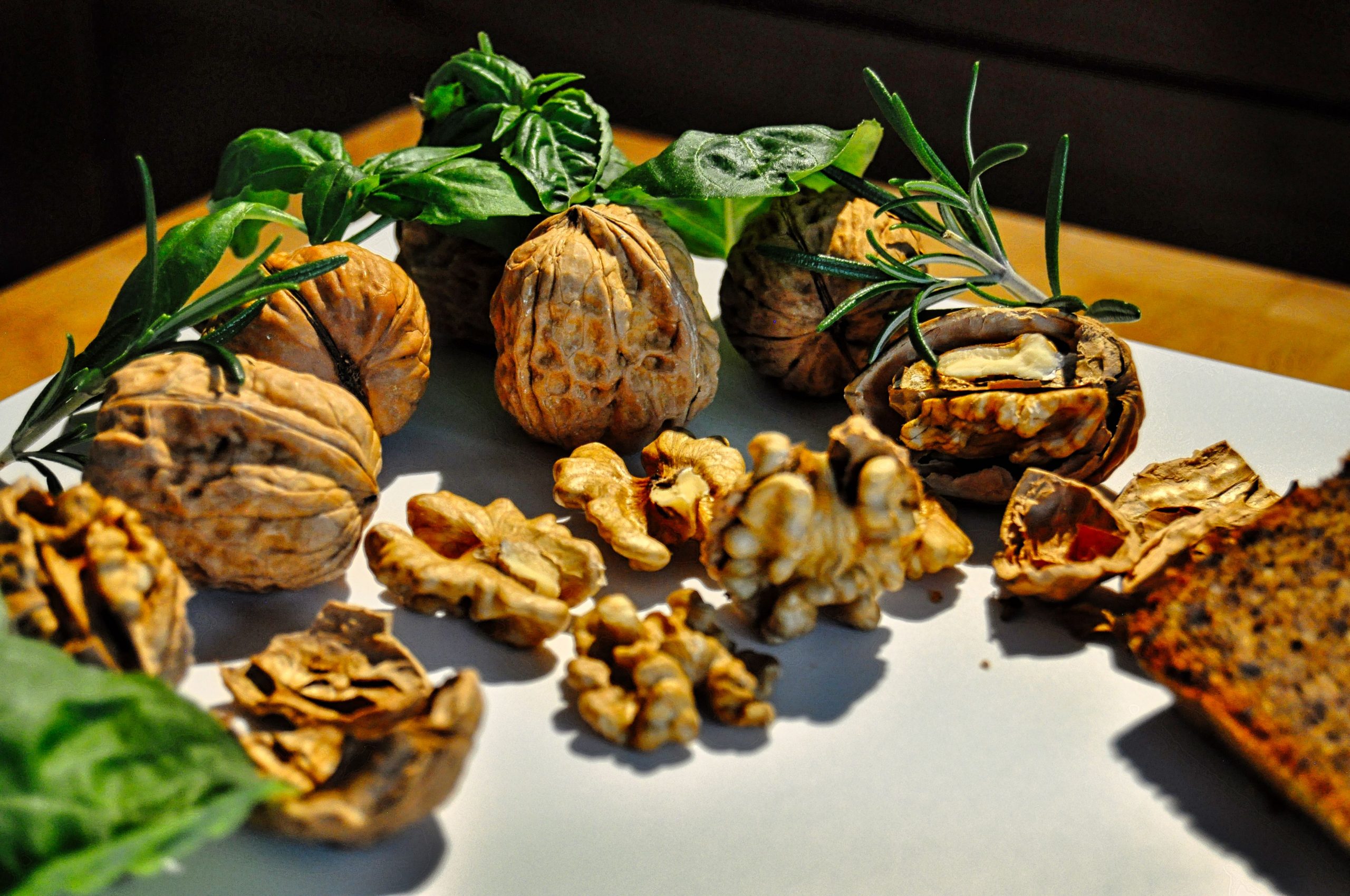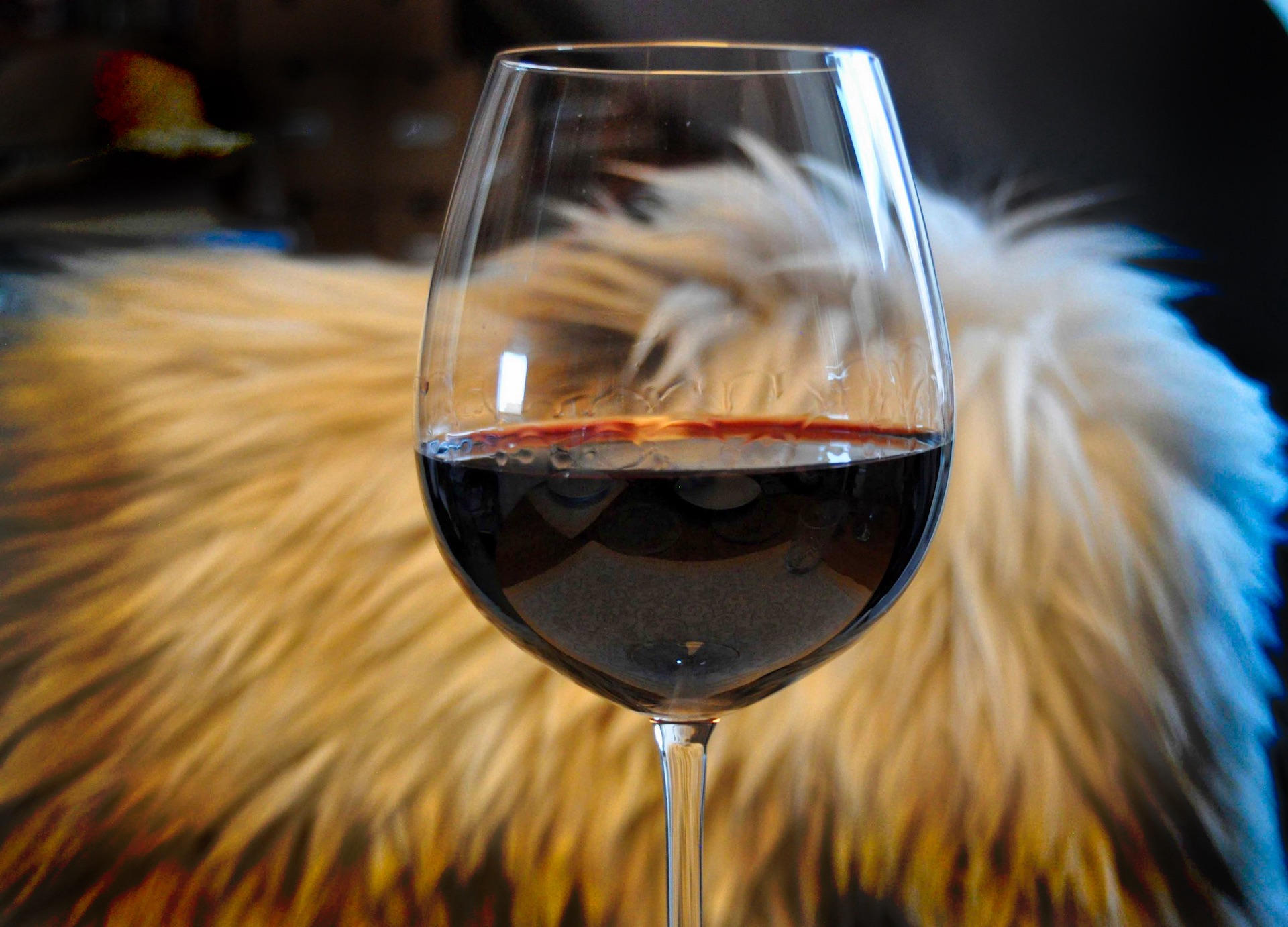In many regions, one is used to beef or pork products being smoked in order to preserve them for as long as possible: However, this is not the case with Bündnerfleisch. This speciality, which traditionally comes from the Swiss canton of Grisons, is not smoked at all. Bündnerfleisch is completely air-dried and preserved with the help of sea salt and a spice mixture. But it is not only the knowledge about air-drying meat that distinguishes a slice of Bündnerfleisch: The canton of Grisons, which is characterised by imposing mountain landscapes, has a special climate. Today, Grisons still has the highest meat-drying facility in Europe – at an altitude of over 1500 metres. It is often said that the special, juicy taste of Bündnerfleisch can be attributed to the alpine climate in the canton of Grisons: However, behind the production of Bündnerfleisch there is also a wealth of knowledge about the drying of meat, which has been passed down through generations in many drying plants.
To ensure that a slice of Bündnerfleisch is a very lean meat product, the piece of meat is trimmed of fat and tendons.
Curing and spice mix
This wealth of knowledge includes, among other things, the fact that only meat from the thigh muscles and the topside of the beef is used for the production of Bündnerfleisch – this meat is naturally considered to be particularly lean and tender at the same time. Lean and tender, these are two characteristics that apply to all original Bündnerfleisch – the dried meat is also very popular as a diet for athletes because of its low fat content. Eating Bündnerfleisch to accompany a training schedule can even help build muscle – this is due to the high protein content of Bündnerfleisch.
To ensure that a slice of Bündnerfleisch is a very lean meat product, the piece of meat is trimmed of fat and tendons.
Then the piece of meat is rubbed with a mixture of sea salt, curing agents and spices – usually garlic, juniper berries or bay leaf are used as part of the spice mixture. Now the pieces of meat are piled on top of each other in large vessels and cured for a period of five days to five weeks at temperatures of 2 to 6 degrees Celsius. The juices that come out of the meat during this process should perfectly mix with the spices – which is why the pieces of meat are regularly rearranged during this time.
Drying – Enormous moisture loss
After curing comes the actual process of drying: Before drying, the meat is first washed and brushed to remove the spice mixture completely from the meat. Now the pieces of meat are packed in nets and hung up in air-conditioned rooms to dry. Temperatures of 12 to 18 degrees Celsius are common for drying – very traditional, smaller businesses don’t need air-conditioned rooms for this process and actually hang the Bündnerfleisch in the air at a suitable time of year. The process of drying takes a minimum of three and a maximum of six months – in the course of this process the meat loses an enormous amount of water. This water loss may be up to 55% of the original – this fact is one of the reasons why Bündnerfleisch is a rather highly traded delicacy. Assuming an original quantity of meat of one kilogram, it is not uncommon for 500 grams of Bündnerfleisch to remain in the end.
To ensure that the water is optimally distributed in the meat despite the high water loss, the Bündnerfleisch is regularly pressed into shape during the drying process, which also creates the characteristic rectangular shape of a piece of Bündnerfleisch.
In the course of the drying process, a white layer of mould develops on the surface of the Bündnerfleisch – this layer falls under the category of Botrytis and is usually removed before sale. However, it is precisely this Botrytis that is responsible for the aromas that give Bündnerfleisch its unique flavour.
Bresaola and Bündnerfleisch
The beef speciality from the canton of Grisons is a delicacy that should definitely be sliced wafer-thin: genuine Bündnerfleisch tastes so strong that even a wafer-thin slice is enough to cover a slice of bread.
Dried meat products usually have the reputation of tasting extremely dry – this is not the case with Bündnerfleisch. A slice of Bündnerfleisch is extremely juicy, not least because the cuts from the thigh muscle and the topside are considered particularly succulent pieces of meat. Another secret in the production of Bündnerfleisch is to use meat from rather older cows – the flavour is stronger that way.
Bündnerfleisch also inspired other dried meat products: Bresaola della Valtellina from the Valtellina Valley, which is very close to Grisons, is produced according to similar specifications as Bündnerfleisch. Since the Valtellina valley was a subject of the Swiss Free State of the Three Leagues from 1512 to 1798, it can be assumed that people in the Valtellina valley took their cue from the Grisons methods of drying meat and created their own product, Bresaola.
Nevertheless, a slice of Bresaola tastes quite different from a slice of Bündnerfleisch: this is mainly due to the different spice mixtures used in the two products. However, stricter specifications apply to Bündnerfleisch than to Bresaola, especially with regard to the choice of meat cuts.
Depending on the season in which a piece of Bündnerfleisch was hung to dry, the taste varies.
A living tradition
To this day, there are still producers in the alpine region of Grisons who make Bündnerfleisch the old-fashioned way: In some meat drying plants, Bündnerfleisch is dried as it was several hundred years ago. There is no air-conditioning technology here – the temperature is regulated by opening and closing windows, and in summer a nearby river or lake acts as an air-conditioning system for the drying plant.
It is also a matter of experience to recognise when a piece of Bündnerfleisch has finished drying: the manual production process means that not every piece has completed the drying process after a fixed time. A piece of Bündnerfleisch that has been completely dried has a dark red colour throughout, a fine texture and a spicy taste that is by no means too salty. Depending on the season in which a piece of Bündnerfleisch was hung to dry, the taste also varies: Bündnerfleisch dried in summer sometimes tastes more intense than Bündnerfleisch dried in winter air.
The beef used to make Bündnerfleisch does not necessarily have to originate from Switzerland: The specifications only stipulate that the refinement, the process of curing and the drying must take place in the canton of Grisons. If all the beef for the production of Bündnerfleisch had to originate from Switzerland, it would be extremely difficult to satisfy the international demand for Bündnerfleisch. However, there are traders who specialise in using only beef from Switzerland for the production of Bündnerfleisch.
Swiss speciality
What was originally the only method of preserving beef for a long time a few hundred years ago is now an internationally sought-after product and – like Swiss Emmental – enjoys a high reputation.
There are numerous Swiss recipes and dishes that use Bündnerfleisch: The great advantage of dried meat from Grisons is that even small and very thinly sliced quantities are enough to flavour a dish and contribute a meaty character. The fact that Bündnerfleisch – compared to other beef hams – is not smoked can also offer a flavour advantage: In some dishes, a smoky note is not desirable and would be rather distracting.
The production of Bündnerfleisch looks back on a centuries-old tradition – thanks to its low fat content and high protein content, Bündnerfleisch is a meat speciality that can be eaten even if one prefers low-fat meals and follows a training schedule.
Cover picture: © Simon von Ludwig

 Deutsch
Deutsch








